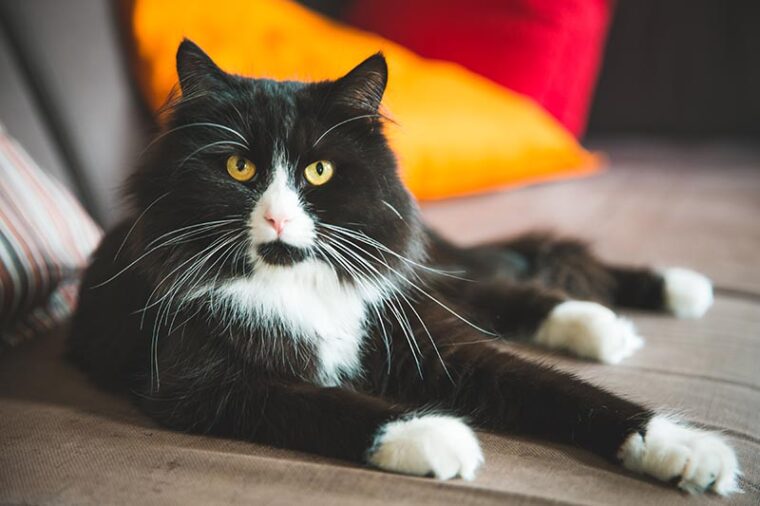
Click to Skip Ahead
Cats can reach sexual maturity as early as four months, depending on breed and genetics. At this point, they begin their heat cycles and can get pregnant if a tomcat responds to their call. However, they don’t reach skeletal maturity until around 18 months. Generally, it’s best to wait until they are between 18 and 24 months old before you allow breeding.
Breeding cats too soon can be detrimental to their health.
Are you curious to know when it’s safe to start breeding cats? Dive in for detailed information about how long males and females should wait before mating. We will also discuss the importance of following the recommended breeding timelines.
When Are Cats Mature Enough for Breeding?
Cats go through puberty or sexual maturity when they are four to six months old. However, it takes a while before they develop into fully-fledged adults. During puberty, most felines are still downright crazy and display kitten-like behaviors like charging around and hanging from the drapes.
Cats become young adults physiologically by the time they are 12 months old. However, they are technically still kittens and may retain their playful nature. Most cats, irrespective of gender, calm down and display an adult personality when they turn at least 24 months old.
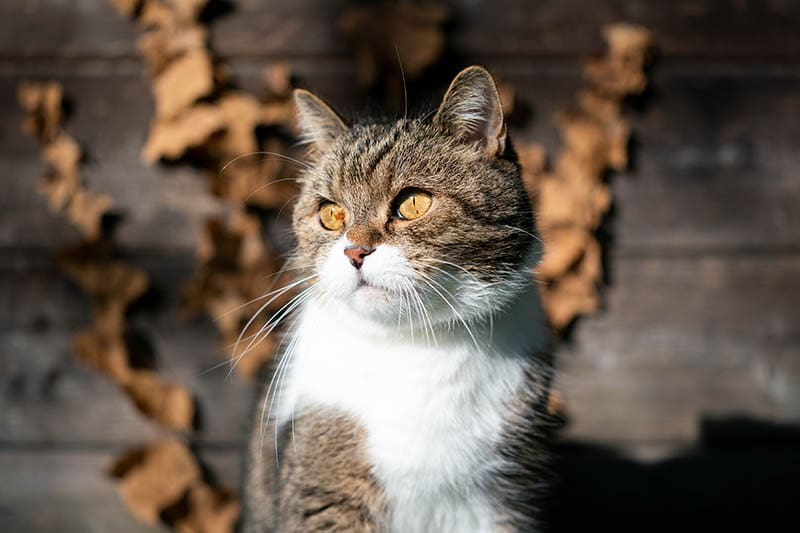
When to Breed a Female Cat
Female cats start to call way before their bodies fully mature. They may still be too young to take on the full stress of pregnancy, giving birth, and raising a litter.
The best age to breed a female cat is between 18 and 24 months old. At 18 months, their body has developed fully and can cope with the demands of pregnancy. Breeding cats that are at least 24 months old is even better.
A two-year-old cat is both psychologically and physiologically ready to reproduce. They will have an adult-like personality, established daily patterns and routines, and will have attained complete skeletal maturity. These traits may make breeding and raising a litter easier.
When to Breed a Male Cat
A few weeks after birth, male cats experience a surge of testosterone that causes the masculinization of neurons that directly influence their sexual behavior. However, their Leydig cells are inactive until they are at least three months old. Still, numerous vital physiological processes occur between birth and three months, allowing male kittens to produce enough testosterone or androgens when they’re older.
At three months, the Leydig cells activate to trigger the development of penile spines and maturity of the testes. At five to seven months, male kittens have mature testes to allow spermatogenesis. Their penile spines also reach maximum size around this age to permit androgen-dependent mating activity.
Most Tom cats show sexual characteristics and behaviors by the time they are seven months old. They could begin mounting, neck biting, and pelvic thrusts, although they are not sexually developed enough to complete copulations. They reach sexual maturity and can reliably breed at nine to twelve months.

Why Wait Until a Cat Is 1 to 2 Years Old Before Breeding?
On the other hand, females are involved in carrying the pregnancy and rearing the kittens. While they may reach puberty at four months, it’s best to let a maiden queen that has never been bred before go on at least three heat cycles before breeding.
Cats below 18 months old may still have developing bodies. As such, they are at risk of complications because their bodies are not well-equipped to support a healthy pregnancy. They also face more complications during labor.
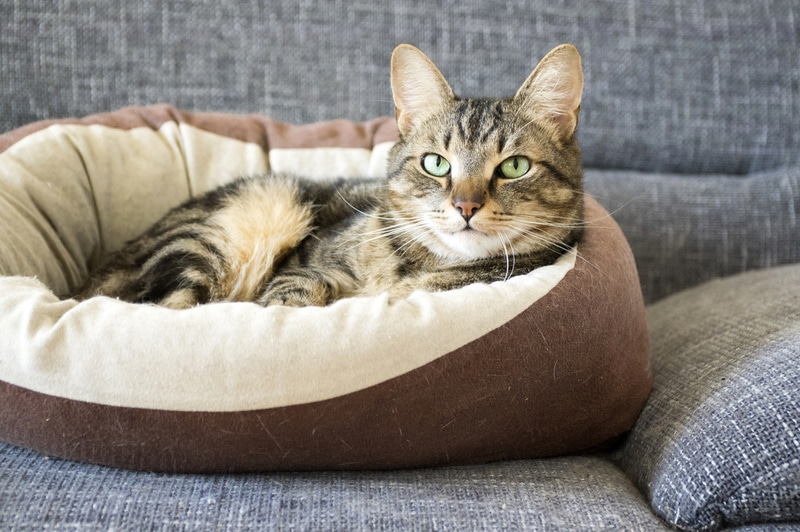
What if I Don’t Want My Cats Breeding?
Shelters and rescues have brimming cat populations, and the world doesn’t need any more unwanted kittens. Fortunately, there are no proven health or welfare perks of a cat having a litter of kittens. If you don’t want your cats breeding, you need to have them neutered or spayed at four months.
Desexing procedures are fast and straightforward. They only take a few hours, and you can take your kitty home the same day. They also have numerous benefits, the most significant being increased longevity.1
Other perks allied with spaying and neutering include but are not limited to the following.
If you don’t want to breed a female cat, it’s best not to let them repeatedly go on heat by having them spayed. Intact females are at higher risk for some ailments. For example, mammary gland tumors in cats are most common in older, intact female cats. Cats spayed before 6 months or 12 months of age have a 91% or an 86% reduction of this risk, respectively.

 4 Tips to Ensure a Breeding Cat Is Happy and Healthy
4 Tips to Ensure a Breeding Cat Is Happy and Healthy
Breeding cats may seem exciting, but it is a very daunting and expensive task that requires a lot of time, dedication, and commitment. Please note that for many purebred cats, you may be legally required to have them neutered/spayed before you can acquire their pedigree documents. Therefore, you should not attempt to breed them unless you are a registered cat breeder.
If you are considering breeding your cats, here are a few tips that will come in handy.
1. Do Your Research
If you are a hobby breeder, it is imperative to understand the responsibilities you must take on once your cat is pregnant. Moreover, it would help if you did your research to acquaint yourself with the overall cost of breeding.
Among the most substantial expenses you will incur is the cost of the initial vaccinations for a litter. Depending on the number of kittens produced, this can quickly sum up to a few hundred dollars. Also, you’ll need to start introducing solid foods by the time your kittens are eight weeks old.

2. Schedule Health Checks
3. Have Sufficient Budget
The nutritional needs of a pregnant cat will impact your budget. In addition, pregnant cats may need additional check ups throughout their pregnancy. These usually include multiple pregnancy confirmation tests and possible bloodwork, too. Cats that have a complicated labor will need emergency veterinary care to ensure that they and their kittens survive the ordeal. As a pet owner, it is your job to ensure that you have enough funds to accommodate all of these expenses.
In addition, a pregnant or lactating cat needs additional nutrition to provide for her kittens. You should provide her with kitten food or a nutrient-dense diet until the kittens show interest in solid foods and nurse less. Most importantly, increase the number of meals served daily to ensure that the queen is adequately cared for.
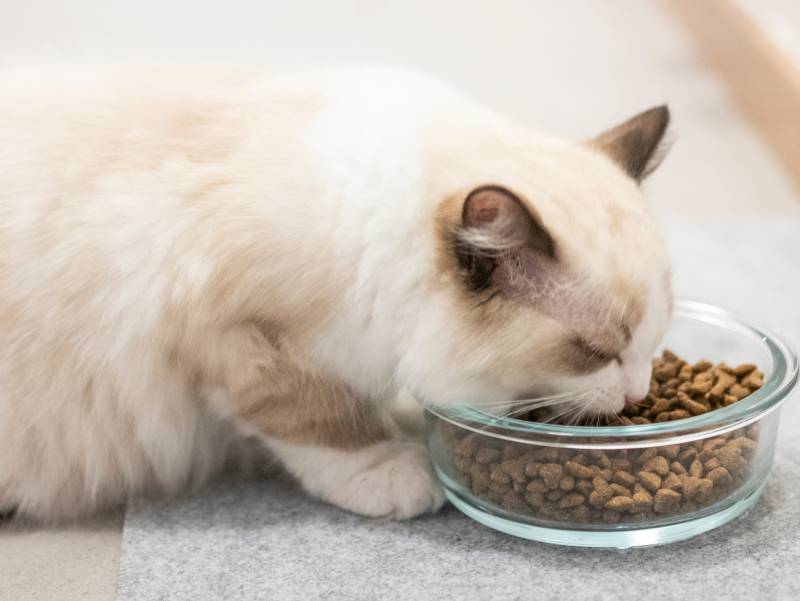
4. Invest in Pet Insurance
It is best to prepare for unexpected emergencies by investing in pet insurance. This will ensure you can foot your bills in case of pregnancy or childbirth complications.
FAQs
How Long Are Cats Pregnant?
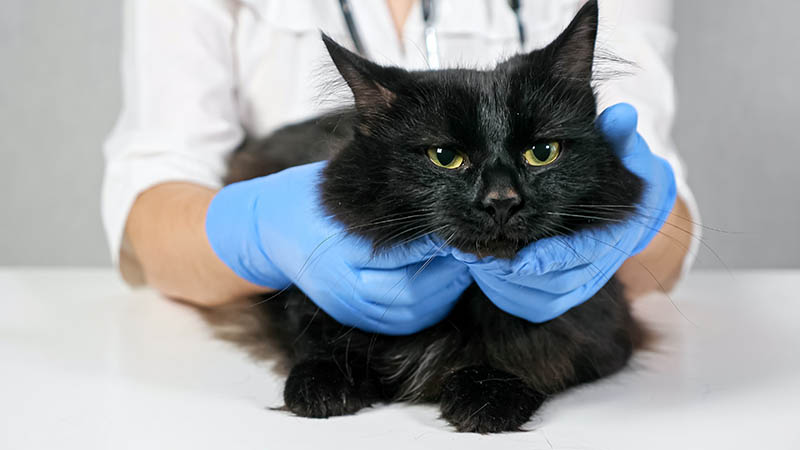
How Often Can You Breed a Cat?
According to GCCF breeding guidelines, cats should have at most three litters in two years. Giving your cat at least 26 weeks between litters ensures they recover adequately for the subsequent pregnancy. Because even a nursing feline can get pregnant, you must limit their access to Tom cats until they are ready to be bred again.
Do I Have to Neuter and Spay My Cat if They Live Indoors?
Conclusion
So, what if you don’t want a batch of kittens running around your home?
Featured Image Credit: Ivan Yohan, Shutterstock








